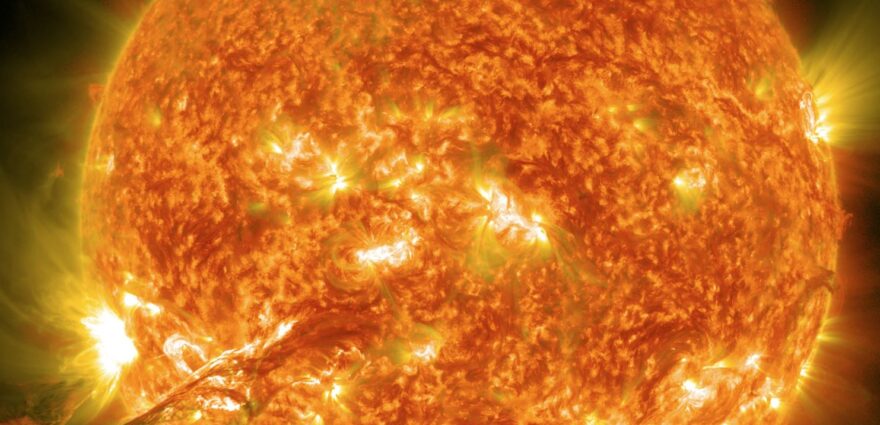INNO3D RTX 4090 iChill X3 OC Review
Peter Donnell / 2 years ago

Power, Temperatures and Acoustics
Thermals are a key point to any GPU, as it allows it to boost for a prolonged amount of time and depending on the task that’s being performed, thermals can be either higher or lower. Lower temperatures in gameplay are a good indication we can overclock the card more. Higher temperatures mean the graphics cards are likely not hitting their peak boost clocks long enough and may need more cooling or even underclocking.
So that gives us a small sample of how the INNO3D 4090 compares to the other 4090’s we’ve tested and where it sits between other cards too, but to get a better idea of what INNO3D have done, we put the card under an hour long stress test within F1 22 at 4K on max settings. What we saw here was our GPU temperature bouncing around the 65 degrees mark while the hotspot temperature went to 75 degrees and memory to 70 degrees. In terms of the fan speed, it was actually on the lower-end of the scale at just under 1600 RPM so not overly noisy at 45 decibels. Though this card does have a total board power of 450 Watts as per NVIDIA’s spec, through our stress test, we didn’t really see this peak above 425 Watts.

When looking at the overclocked performance of the card we did manage to squeeze some fairly decent numbers out of the card though there was no extra power to unlock due to NVIDIA constraints so we were limited to 450 Watts, though we did see manage to see a core clock increase of 160 MHz and a memory clock increase of 1100 MHz which saw the core clock now boosting to 2910MHz and the memory at 2900MHz or 23.2 Gbps. This did result in the temperatures increasing slightly up to 66 degrees on the GPU, and 72 degrees on the memory, while the GPU hot spot temperature remained the same at 75 degrees. Due to the slight increase in temperature, this did see the fans ramp up slightly to just over 1600RPM, which resulted in a noise reading of 47 decibels, so slightly up from the 45 decibels that we had at stock. Due to the fact that the power limits weren’t able to be changed, we saw the same power output of around 425 watts during our stress test.

MSI Afterburner
GPU-Z
So some pretty impressive numbers with everything seemingly under control. It’s always a bit of a give and take when it comes to cooling performance, as it’s about striking the balance between lower temperatures, and without sounding like a jet engine, which the iCHILL X3 manages to do quite well.
GPU Temprature

Compared to the Gigabyte Gaming OC on the GPU temperature, the Gaming OC did come in slightly cooler by 3 around degrees, but that’s expected considering the higher fan speed, though this didn’t actually generate any more noise and did end up using slightly less power compared to the INNO3D model, but only by a margin of around 3%, but with the iCHILL X3 having more RGB, this could account for a little more power draw anyway.
When overclocked, the GPU temperature did rise ever so slightly, and due to this, the fan speed also ramped up a little too while the comparison Gigabyte card remained at the same temperature.
Hot Spot Temperature

Moving onto the hotspot and it’s a similar story again with the Gigabyte card just coming in with slightly lower temperatures, albeit by 2%, but that sticking point really being that the iCHILL X3 card comes in with a fan speed that’s around 200 RPM lower.
Memory Temperature

Finally, the memory was where we saw the biggest difference, and not in favour of the INNO3D card where the Gaming OC from Gigabyte actually came in better by 10 degrees which is quite some margin. This again, is likely down to the slightly more aggressive fan speed on the Gigabyte card, though at 70 degrees on the memory, it’s still nothing I’d worry about anyway.
Again, when overclocked, we did see a slight increase in the memory temperature by around 2 degrees but due to the same power limit, it didn’t go any higher.





















